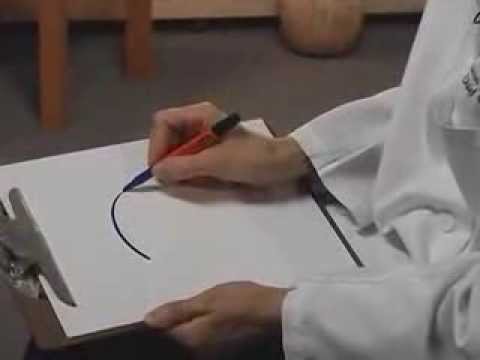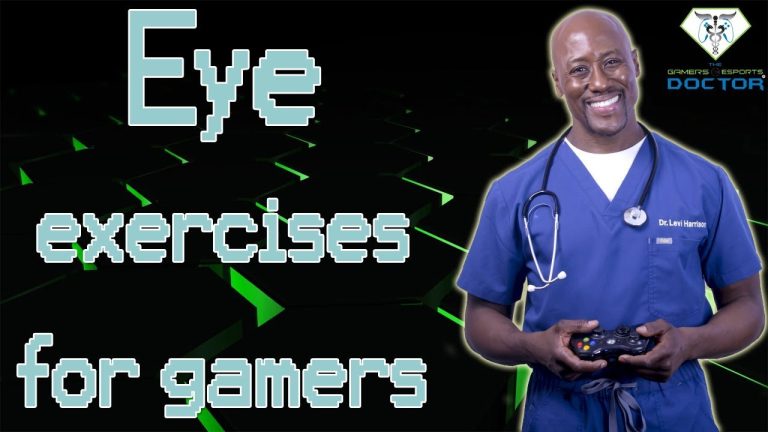Unlocking The Benefits of Eye Tracking Technology for Improved Vision Care
Eye tracking is a technique used to measure the movement and behavior of the eyes while a person is viewing a particular object. It involves using specialized equipment to monitor the movement of the eyes as they follow a target object or interact with a visual display. Eye tracking has been widely used in the fields of psychology, neuroscience, and marketing research for many years.
New advances in technology have allowed eye tracking to be used for a variety of applications, including user experience testing in the design of websites and software, virtual reality training, and even medical diagnosis. As a result, it has become an increasingly popular tool for diagnosing and treating a variety of vision and eye-related conditions.
The Science behind Eye Tracking
Eye tracking is based on the premise that the eyes move rapidly and subconsciously to fixate and scan objects in the visual field. As a result, eye movements can be used to measure a wide variety of cognitive and perceptual processes, including attention, perception, and memory. By measuring the patterns of eye movements, we can gain valuable insights into how the visual system processes information, and how this processing affects our perceptions and behavior.
Benefits of Eye Tracking in Vision Care
In the field of vision care, eye tracking has been used to diagnose and treat a variety of conditions, including visual processing disorders, eye movement disorders, and other conditions affecting eye function. Eye tracking has also been used to improve the accuracy of eye exams, especially in cases where traditional eye exams may not be sufficient.
Visual Processing Disorders
Visual processing disorders refer to conditions where the brain has difficulty interpreting visual information correctly. Eye tracking can be used to measure the speed and accuracy of eye movements during visual processing tasks, providing valuable information on how the brain is processing visual information.
Eye Movement Disorders
Eye movement disorders refer to conditions where the muscles that control eye movement do not function properly. Eye tracking can be used to diagnose and monitor eye movement disorders, allowing for more accurate and targeted treatment.
Improving Eye Exams
Eye tracking has also been used to improve the accuracy of eye exams, especially in cases where traditional eye exams may not be sufficient. By tracking eye movements during an exam, eye tracking software can accurately measure visual acuity, eye coordination and alignment, and other factors that can impact vision and eye health.
Conclusion
Eye tracking is a powerful tool that is becoming increasingly common in a variety of fields, including vision care. By measuring eye movements, eye tracking can provide valuable insights into cognitive and perceptual processes, as well as diagnose and treat a variety of vision and eye-related conditions. As technology continues to advance, we can expect eye tracking to become an even more critical component of vision care and research.
Contents
Most wanted in Hoya Vision:
Hoya Lens Engravings
Should eyeglasses cover eyebrows?
Ultraxhd Lenses
Who makes Kirkland Signature HD progressive lenses?
Hoya Lens Vs Zeiss
Eyezen Lenses Vs Progressive
What is the difference between Ray Ban RB and Rx?
Which is better Varilux or Zeiss?
What is the difference between BrightView and anti-glare?
What’s the rarest eye color?















